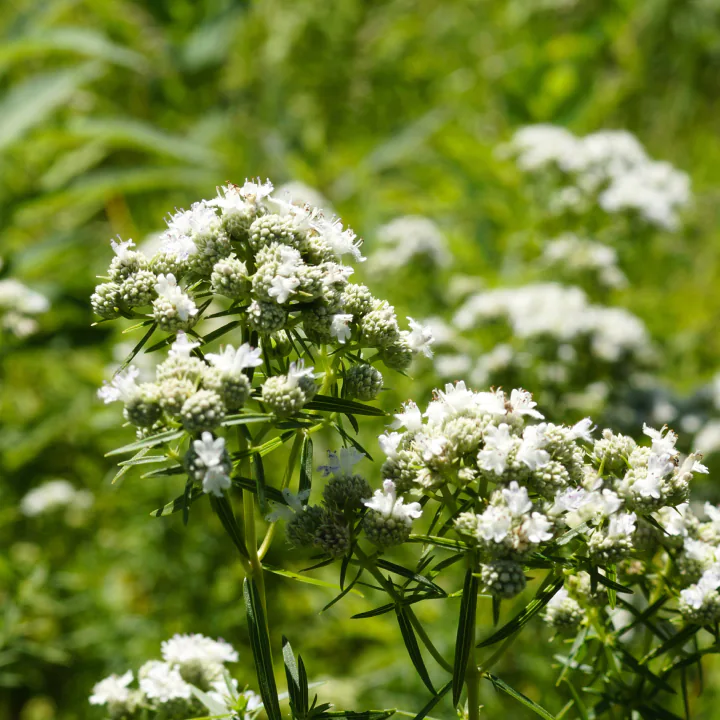Are you struggling for ideas on how to elevate your compact urban oasis, transform your shaded retreat, or conquer the challenges of a sloped landscape? Look no further than native plants.
These hardworking beauties not only offer resilience and environmental benefits but are also perfectly suited to the demands of different kinds of outdoor spaces. Let's explore how sustainable gardening can elevate your small, shady, or sloping space and turn “problem areas” into gorgeous pollinator friendly havens.
Native Plants for Small Spaces and Urban Living
For those of us navigating the constraints of small space gardening and/or urban living, native plants present a sustainable solution for maximizing planting areas. Whether it's a tiny balcony or a courtyard with limited square footage, many native species thrive in confined environments, offering functional beauty without overwhelming the space.
One technique - vertical gardening - utilizes trellises and hanging planters to allow species like shade-friendly Coral Honeysuckle (pictured just below) and sun or part-shade friendly Cardinal Flower (above) to flourish. Great Blue Lobelia and Lanceleaf Coreopsis add pops of color to small spaces and both can thrive in large containers if you don’t have an available garden bed. Not only are these plants gorgeous, they also attract pollinators, fostering a dynamic ecosystem within the confines of city living.
Read More: Patio or Balcony Gardens for Wildlife
Embracing Shade with Native Plants
“What can I plant in my shaded areas?” is a question we hear often at Garden for Wildlife. Let’s dig into this one together!
Whether nestled beneath the canopy of towering trees or sheltered by buildings, shaded areas can still become a thriving native plant garden. Shade loving Wild Geranium (pictured below), Eastern Columbine, and Jacob’s Ladder with their delicate blooms and understated elegance, transform shady spots into pollinator havens.
You can also feel good knowing these shade-loving native plants play a vital role in supporting biodiversity, serving as essential habitats and food sources for local wildlife.
Read More: Guide to Sunlight & Native Plants
Sloped Landscape? No Problem
Figuring out what to do with a sloped, or undulating, yard can feel daunting. Don’t worry! By integrating native plants, these inclines can be transformed into beautiful, low maintenance pollinator havens. Grasses such as Little Bluestem and Big Bluestem set deep roots anchoring soil in place and mitigating erosion.
You can also add any number of flowering natives that love well-drained soil such as Dense Blazing Star (pictured below), Spotted Joe Pye, and Slender Mountain Mint. Native plants have evolved to take advantage of the soil, water, and sun conditions in all types of terrain. In other words, these beauties have never seen a hill they couldn’t conquer!
Beyond their aesthetic and tenacity, native plants serve as ecological allies, harnessing the power of their deep root systems to manage rainwater runoff, promote soil stability, and improve biodiversity by attracting local pollinators to your yard.
Read More: Drought-Tolerant Native Plants
What we’re saying is…there isn’t a landscape challenge at least one (or more) of our versatile native plants can’t overcome whether that be space, shade or slope.
**As always, before purchasing any native plants be sure to check your light conditions, soil moisture, and which plants are native to your area to ensure your garden will thrive and offer the maximum benefit to your local pollinators. Start shopping native plants by state or zip code.





